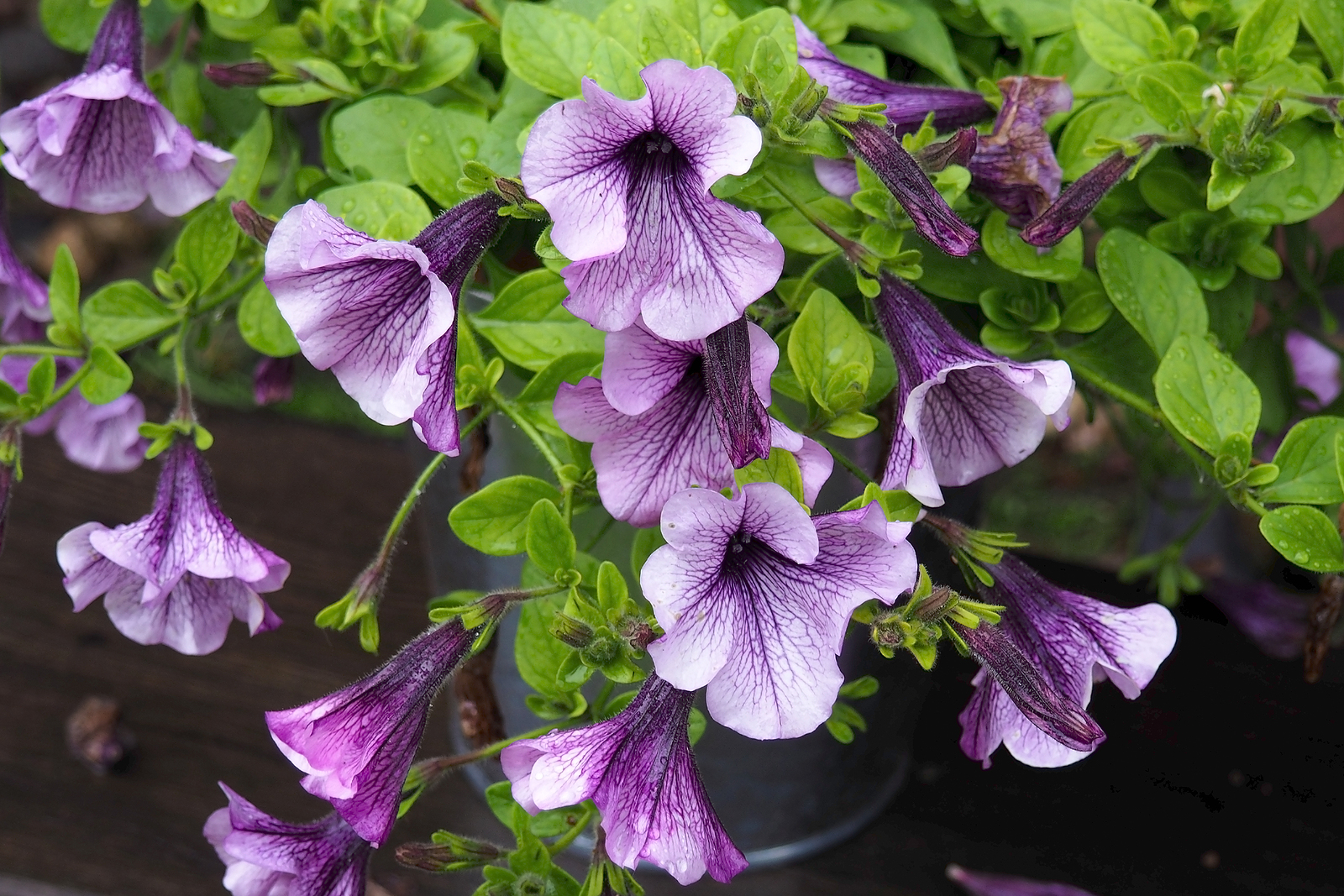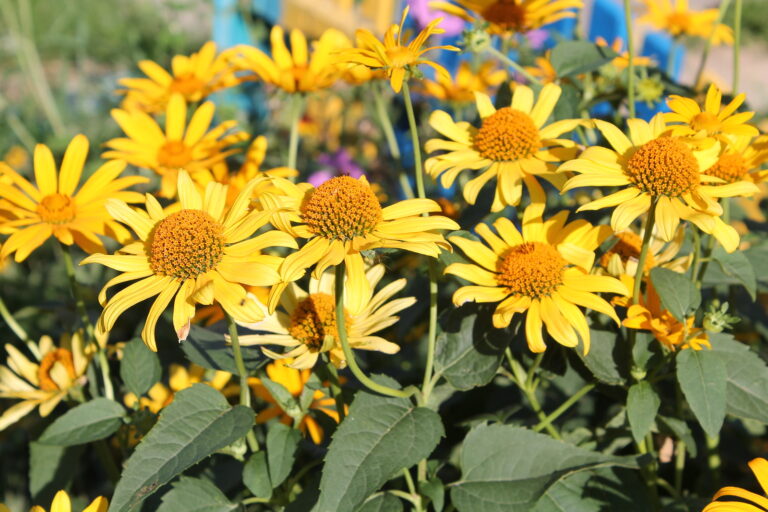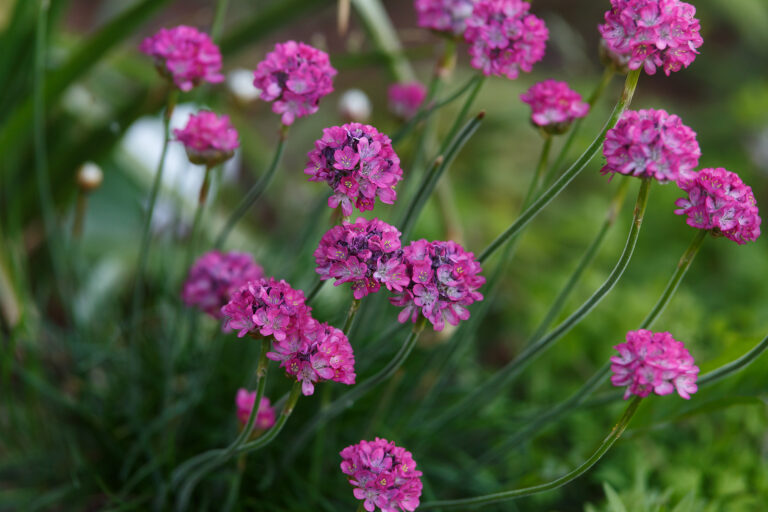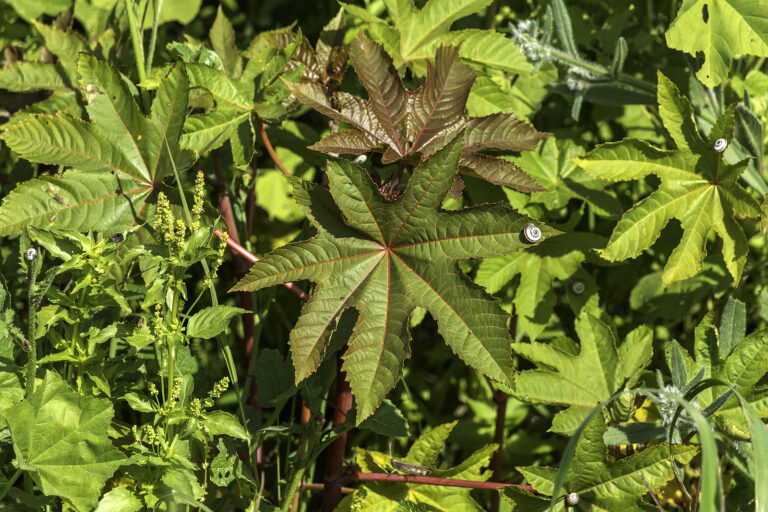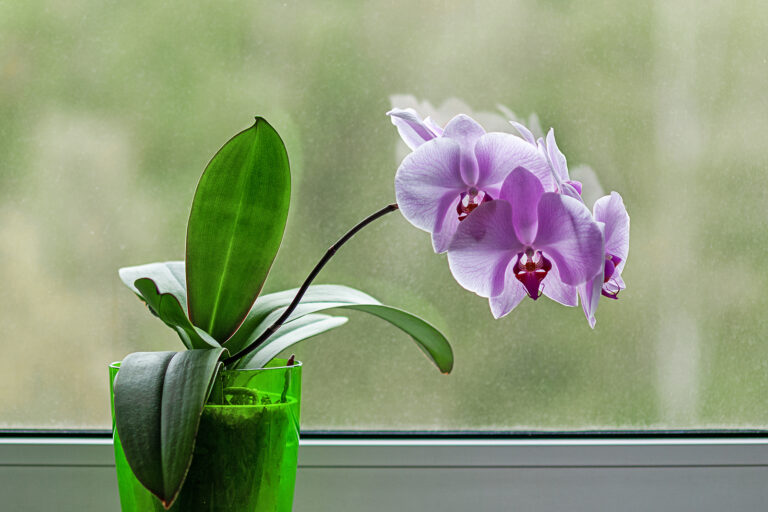How to Grow Magic Flower — Achimenes
Achimenes is a genus of upright and trailing tropical plants that bear heart-shaped leaves and tubular to flaring flowers in white, pink, red, yellow, orange, blue, lavender, and purple. Achimenes can be grown as bedding or border plant in tropical shade gardens. It can be grown in pots and hanging baskets as a houseplant in temperate regions.
Achimenes is a winter-dormant perennial. It grows from rhizomes. After the summer blooming period, the foliage dies back and the plant enters a dormant period. Achimenes re-leafs out in spring.
Achimenes requires rich, evenly moist soil and high humidity for best growth. When temperatures are greater than 0° to 65°F, Achimenes can be set outdoors.
Achimenes is a genus of about 25 species native to subtropical forests in Mexico and Central America.
Get to know Achimenes
- Plant type: Tropical perennial
- Growing zones and range: Zones 14-15
- Hardiness: Tender
- Optimal growing temperature: day 80° to 85°F (27°-29°C), night 62° to 65°F (17°-18°C); if buds turn brown and do not open the temperature is not warm enough.
- Height and width: 10 to 24 inches (25-60cm) tall and 12 to 24 inches (30-60cm) wide
- Foliage: Slender stems; roundish, crisp, bright to dark green, hairy leaves.
- Flowers: Bear showy salverform flowers, meaning each bloom has a tubular base and an abruptly flared and flattened face that has five prominent lobes; blooms are borne singly, in pairs, or in clusters; flowers, 1-3 inches across, in pink, blue; lavender, orchid, purple.
- Bloom time: Summer
- Uses: Summer bedding or border plant in topical regions, houseplant
- Common name: Magic flower, Cupid’s bower, hot water plant
- Botanical name: Achimenes
- Family name: Gesneriaceae
- Origin: Subtropical forests in Mexico and Central America

Where to plant Achimenes
- Light outdoors: Grow Achimenes in full sun; it will need partial sade in hot regions.
- Light indoors: Grow Achimenes in a bright, shaded area protected from direct sun, which will scorch the leaves.
- Soil outdoors: Grow Achimenes in fertile, humus-rich, moist, but well-drained soil.
- Soil indoors: Grow Achimenes in a potting mix of equal parts peat moss, perlite, leaf mold.
When to plant Achimenes
- Set Achemenes outdoors any time of the year in tropical regions.
Planting and spacing Achimenes
- Space Achimenes 12 to 24 inches (30-60cm) apart.
How to water and feed Achimenes
- Keep the soil evenly moist once new growth appears in spring and throughout flowering. If the soil is allowed to dry out completely afer ne wgrowth appears, the plant will enter dormancy.
- Fertilize Achimenes with a half-portion of recommended fish emulsion each watering.
Achimenes care
- Achimenes prefers to be pot bound.
- Pinch back straggly stems to promote blooming and to maintain shape.
- Keep Achimenes in cool, dry place over winter; repot in spring.
- Store the rhizomes, still in their containers, in a cool (50° to 55°F), dry spot.
- Divide Achimenes and repot in late winter or spring.
Growing Achimenes as a houseplant
- Grow Achimenes in bright light or under fluorescent lights.
- The room should be warm and have average humidity.
- Keep the potting medium evenly moist, being careful not to splash the leave with water which may cause spotting.
- Fertilize Achimenes monthly when the plant is in growth or in flower.
Achimenes pests and diseases
- Achimenes is vulnerable to attack by aphids, mealybugs, and trips.
- Achimemes is susceptible to crown rot.
Achimenes propagation
- Propagate Achimenes by rhizome division in spring.
- Achimenes can be propagated by stem cuttings or seed.
- Seeds germinate in 14 to 21 days at 68 to 72°F (20-22°C). Plants will be large enough for transplanting in 42 to 56 days. Flowers usually occurs 6 to 7 months after sowing. Sowings done in mid-winter will be in flower in late summer.
Achimenes varieties to grow
- Achimenes ehrenbergii. Produces lavender blooms that resemble orchids; flowers have white throads lined and spotted in orange and yellow.
- A. erecta. Grows to 18 inche tall and 12 inches wide; red- to rose-colored blooms; greenish red stems trail with red-veined leaves.
- A. grandiflora. Grow upright to 24 inches tall and wide; bears large purple flwoer with purple-speckled white throats.
- A. longifora. Grows to 24 inches tall and wide; trailing stems with hairy leaves; pale to deep purple flowers with white throats. Cultivars include: ‘Ambroise Vershaffelt’, which bears white flowers with purple veins at the throat; ‘Blue Sparks’, blue flowers; ‘harry Williams’, red; ‘Peach Blossom’, rosy salmon; ‘Little Beauty’, dark pink; and ‘Purple King’, red-purple.

